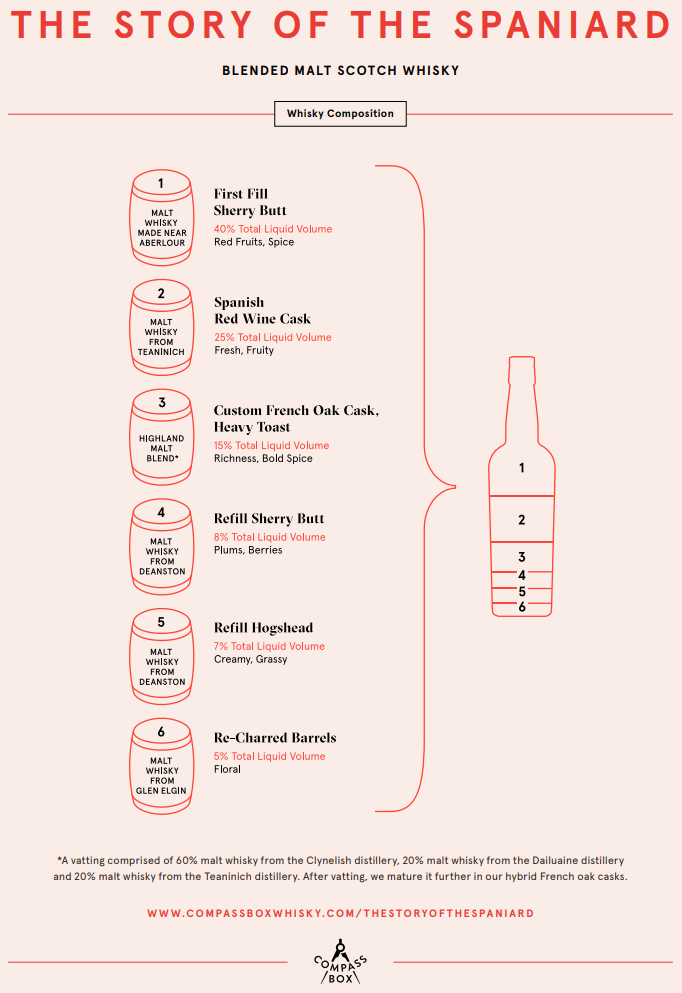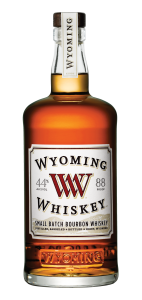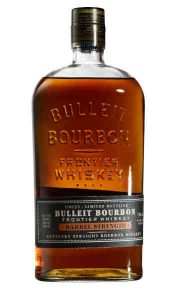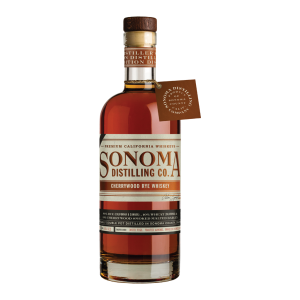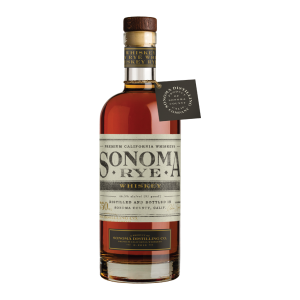Compass Box The Story of the Spaniard
Compass Box The Story of the Spaniard
Batch TS 2018-A (June 2018)
43% ABV
$70
Website

What the Producer Says
THE STORY OF THE SPANIARD
BLENDED MALT SCOTCH WHISKY
A showcase of malt whiskies aged in Spanish wine casks.
The newest addition to our range, we plan to produce this malt whisky once or twice per year, depending on our ability to source the quality of Spanish wine casks we require.
A long time ago, a friend and I journeyed through the South of Spain, stopping by every little village bar we could. They were tiny little bars filled with heavy smoke, serving beers and liquors I had never heard of.
In one place, an elderly man took it upon himself to teach us about the local Sherry wines. They captured my imagination with their nutty, saline character and tremendous spectrum of style. Years later, when I discovered Scotch whisky, I was reacquainted with Sherry through whiskies aged in former Sherry casks, which are known for the rich, deep flavours they provide. I’ve been drawn to this style of whisky ever since.
Inspired by an eponymously named bespoke whisky we recently created for a bar in New York City called The Spaniard, we decided to explore this style further to create a malt whisky blend with its core whiskies aged in Spanish Sherry and Spanish red wine casks. We’ve named it THE STORY OF THE SPANIARD as a nod to my chance encounter with that elderly gentleman in the South of Spain, all those years ago.
In this, our first release, 48% of the whiskies have been aged in ex-Sherry casks and 25% in ex-Spanish red wine casks. We may change the type of casks from year to year based on availability and experimentation, but Spanish casks – either Sherry wine casks or Sherry-style wine casks – will always play the key role.
BOTTLING DETAILS
Batch TS 2018-A (June 2018).
Bottled at 43%. Not chill-filtered.
Natural colour.
FLAVOUR DESCRIPTORS
Full, soft and sumptuous on the palate with notes of citrus peel, red wine and spices. The finish is long, with hints of rich vanilla panna cotta, ripe berries and cherries.
DISTILLERY SOURCING
Made entirely of Highland single malt whiskies from distilleries in and around the villages of Doune, Longmorn, Alness and Aberlour.
RECOMMENDATIONS
This is a whisky ideal for late evening sipping, served on its own or with a large ice cube or splash of water. Serve in a wine glass as a nod to the Spanish wine cask maturation!
WOOD
Whiskies aged in a mixture of American, European and French oak cask types, some of which previously held Spanish Sherry or red wine.
What Gary Says
Nose: Musky sherry sweetness, mincemeat pie with dates and figs, worn leather with lingering smoke.
Palate: Creamy mouthfeel, rich dark fruits (figs, dates, sultanas, plums) with toasted orange zest, honey, allspice, pepper spice and a hint of clove.
Finish: Long with a rich, creamy texture and trailing fruit notes.
Comments: Damn you John Glaser and team over at Compass Box! I’m not sure how they do it, but they’ve got me dialed in. This is simply a lovely, delicious dram. I like sherry, but not necessarily ‘sherry bombs’. This is right in my wheelhouse where you can’t miss the sherry influence, but that’s just one member of the band; this isn’t a solo act by any means. When I think of balance in terms of whiskey, it means avoiding one flavor or note dominating, and Compass Box does this exceptionally well. This is a nicely balanced whisky, with sherry sweetness but also spice and smoke. For the proof, this has a lot of flavor, and a lovely texture to it. I had the good fortune to try this before I bought one, but if you’re a fan of most of Compass Box’s other offerings, I wouldn’t hesitate to pick one up blind.
Rating: Must Try
NOTE: Their web-site has downloads with the breakdown (image below), as well as a link to request more information. Per their request, I won’t publish the additional details here they they will provide to anyone who inquires – but they are happy to provide them if you inquire. We here at Whisk(e)y Apostle are BIG fans of their transparency (oh – and their whisky is pretty great too 🙂 )